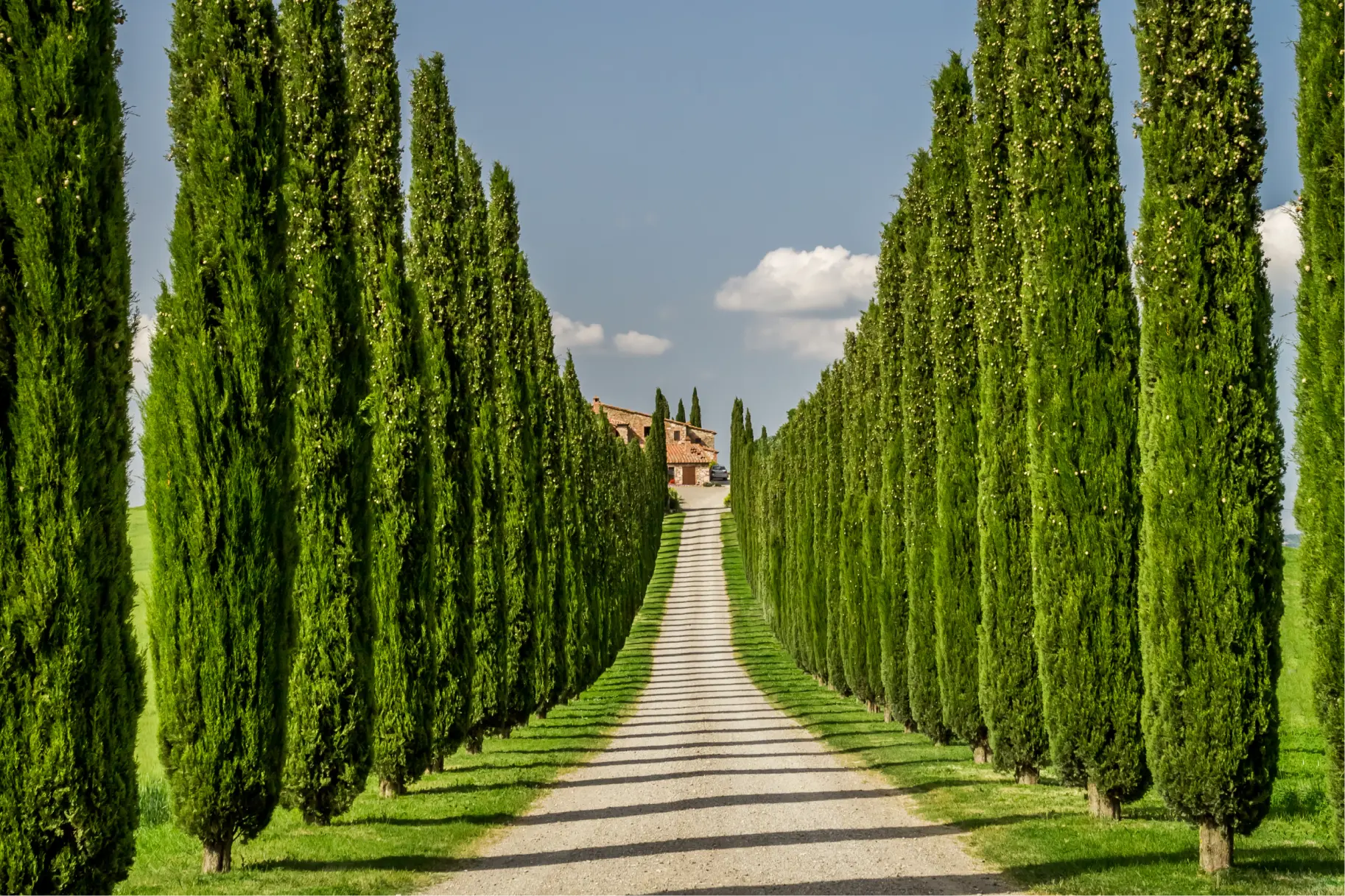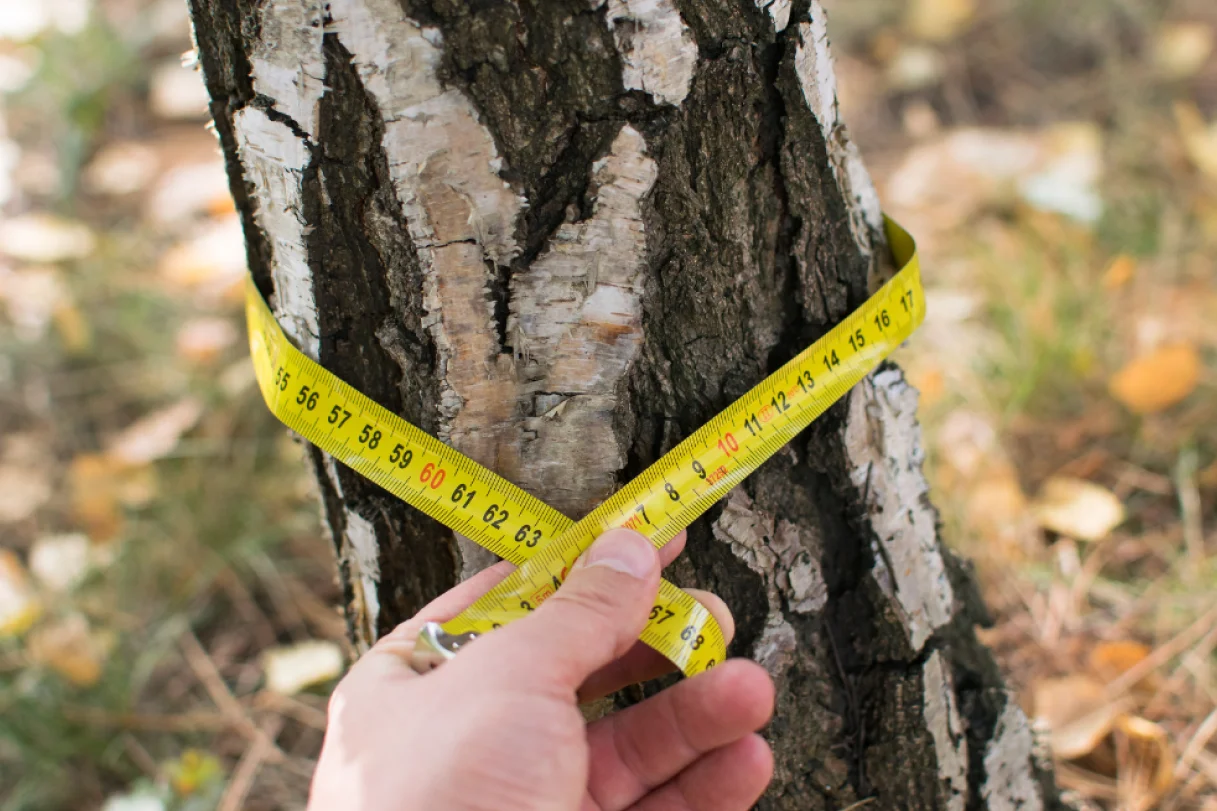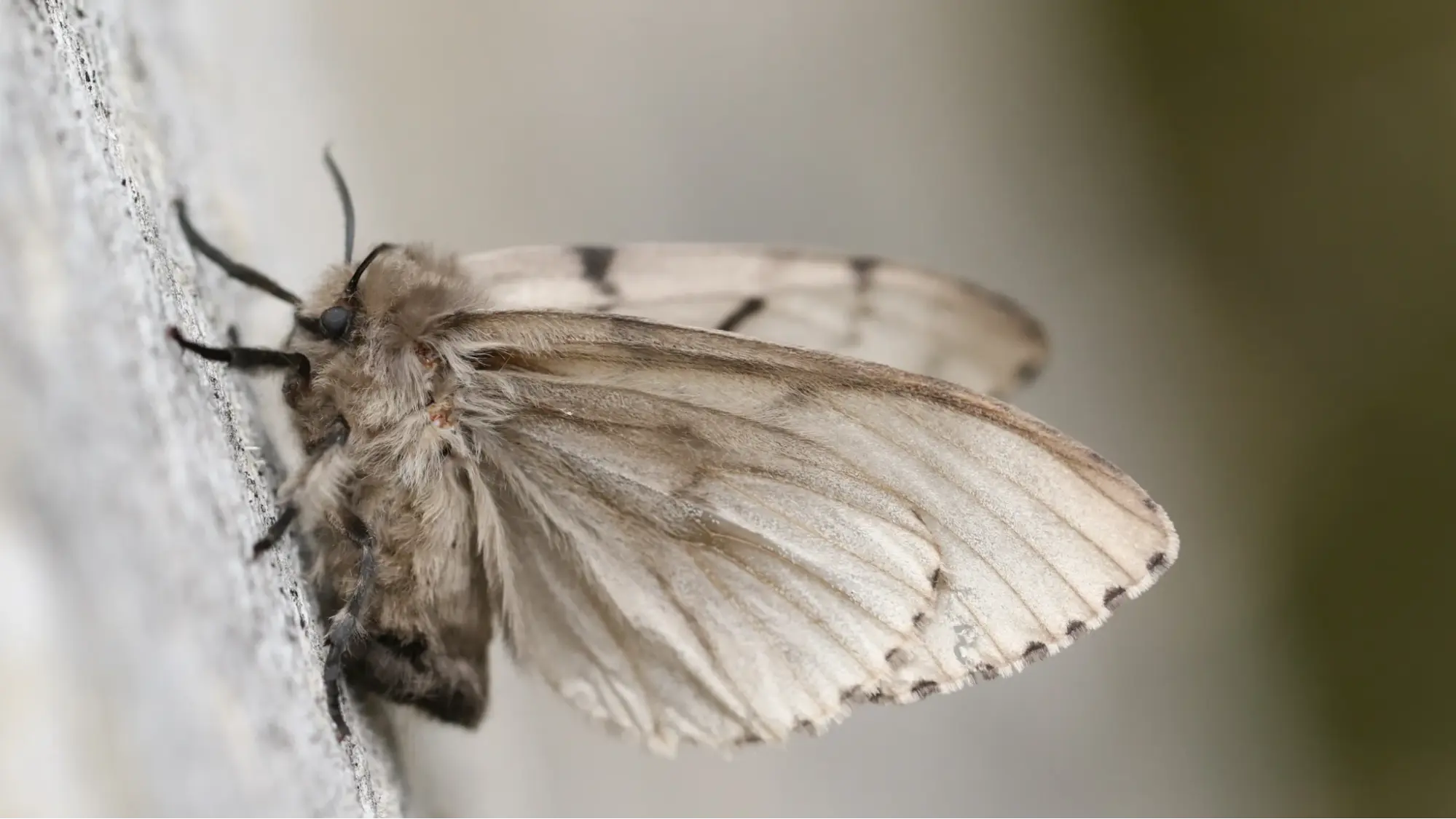The elegant, slender form of the Italian cypress tree has long captivated gardeners and landscapers alike. Its tall, narrow shape brings a touch of Mediterranean charm to gardens, patios, and even urban spaces. To help this iconic tree thrive in your landscape, it’s important to understand its growing needs, ideal conditions, and proper care techniques, ensuring it stays healthy and striking year after year.
How to Plant and Care for an Italian Cypress Tree?
So, how to grow Italian cypress? Here is what you need to do if you want an Italian cypress tree that grows successfully.
Choosing the Right Location
Italian cypress trees require full sunlight so make sure that wherever you plant them they can get at least six to eight hours of direct sunlight every day. It also likes well-drained soil which prevents root rot among other water problems. If your garden has heavy clay soil, amend it with sand or organic matter for better drainage.
Planting an Italian cypress Tree
Dig a hole twice as wide but just as deep as the root ball when planting your Italian cypress tree. Carefully put the tree into the hole making sure its top is level with surrounding soil then fill in with soil firmly and water thoroughly to settle roots. Mulching around base of tree will help keep moisture in and weeds out however ensure mulch does not touch trunk because this could cause rotting.
Watering Needs
For the first few weeks after planting, Italian cypresses need regular watering so that their roots establish themselves deeply into the ground. Water once a week deeply during first growing season ensuring that soil remains moist but not waterlogged. Once established, these plants are drought tolerant and therefore require less frequent watering; however deep watering is important for keeping them healthy when there are prolonged dry spells.
Tips on Taking Care of an Italian Cypress
One thing about Italian cypress care is never overwater them because they easily get root rots; instead underwater them if necessary. Also stake young ones up so that they can grow straight without being bent by wind and always check regularly for pests and diseases like spider mites or cypress canker which can seriously affect the health of your tree.
To recap, with a good planting site, right watering and little attention, Italian cypress Trees could be lovely features in any garden since they bring height as well structure into landscapes.
What Is Italian Cypress?
Italian cypress trees are usually planted in the ground, but they can be grown in pots too, especially if space is a constraint. Pick out a big container with good drainage holes that will avoid waterlogging when growing Italian cypress in pots; use well-draining potting mix and locate the pot in direct sunlight. Ensure regular watering since potted plants dry out faster than those on the soil; also consider supporting the tree so it doesn’t topple over as it gets taller.
Fertilization Needs
Fertilizing an Italian cypress is essential for its health and appearance. A balanced slow-release Italian cypress fertilizer should be used during spring for maximum growth of this plant type; it supplies all necessary nutrients required by trees throughout their growing seasons thus avoiding over-fertilization which results in lush soft growths prone to diseases and pests.
Landscaping Uses
An Italian cypress serves as a vertical accent in gardens where it contrasts against lower-growing plants. It can stand alone, serve as a pair marking entrances or line up into rows creating dramatic formal hedge walls. This species’ ability to maintain narrow forms makes them perfect choices for tight spots that do not accommodate wider trees.
Incorporating an Italian cypress into your landscape provides more than just beauty but also history and tradition. With proper care whether planted on land or grown in containers, these trees will last longer adding unique features to gardens.
Care for Italian Cypress

How to care for Italian cypress trees? Maintaining the iconic shape of an Italian cypress tree and ensuring its long-term health requires care. They are not very demanding in terms of maintenance, but they still need some specific practices for them to thrive well. Trimming and growth rate are among other things that this comprehensive guide to Italian cypress care covers.
How to Trim Italian Cypress Trees
Trimming Italian cypress trees helps maintain their tall, narrow shape and keeps them looking neat and elegant. Light trimming can be done anytime during the growing season, but the best time for more significant shaping is late winter or early spring, before new growth begins.
Use sharp pruning shears or hedge trimmers to remove any dead, damaged, or crossing branches, and avoid cutting into the older wood, as Italian cypress does not easily regrow from old, leafless stems. Regular trimming encourages a clean, vertical form and prevents the tree from becoming overgrown or misshapen.
For formal hedges, trimming can be done more frequently to maintain uniformity, while single specimens usually require only occasional maintenance to preserve their natural elegance.
Pruning Italian Cypress Trees
The main aim of pruning Italian cypress trees is to keep up their classic columnar shape. Though they have a narrow form naturally, you may have to do some occasional cutting off of dead or diseased branches. It is important that when trimming Italian cypress trees use sharp clean tools so that they make neat cuts without tearing the bark around it. Remove any stray branches which grow out from the main body so as to maintain uniformity in appearance across the whole tree; however over-pruning should be avoided because this can cause damage and slow down plant’s growth.
Understanding How Fast Do They Grow
Italian cypress trees growth rate is moderate, which can also be described as fast with some under best conditions recording up to three feet per annum. Various aspects such as sunlight, watering or type of soil can affect its speed of growth. For this reason, ensure that you plant it where there is enough light for it receive throughout the day while also making sure that ground is well drained since if these factors are met then only will healthy development be experienced by this tree. During first few years after planting deep regular watering should be done so as enable establishment deep strong roots essential for its sustainable growth.
Pest Management
Although relatively resistant against pests and diseases, there are certain types of diseases that affect them sometimes because they are not totally immune. Common problems include having spider mites infect leaves making them look dusty/spotty while on other occasions fungal infections (cypress canker) may occur leading to dieback on branches among others like those mentioned above. It is good practice to inspect your tree frequently for any signs of infestation or disease and treat with appropriate pesticide/fungicide immediately if found necessary. One can also prevent these problems by healthy watering, fertilizing and trimming.
Seasonal Care Tips
To provide enough nutrients required for sustained growth during the growing season apply balanced fertilizer onto it. In winter wrap up young trees against extreme cold using burlap around their trunks or mulching around bases which will act as insulators for roots in regions where temperature drops very low since they are easily affected by such conditions due to sensitivity towards coldness displayed by Italian cypress trees.
Your garden will offer a scenic beauty that is not only eye catching but also strong and healthy if you follow this care guide.
What Are Types of Italian Cypress?
You need to consider the Italian cypress cold hardiness of the place you want to plant the tree. For example, the ordinary Italian cypress can survive in USDA zones 7-10 since they were designed for areas experiencing mild winters. If you are living in a region with colder temperatures than those recommended above then it is advisable that you go for the varieties with higher levels of cold resistance such as ‘Glauca’. In areas where winter winds are too strong and may dry off its leaves, plant the tree where windbreaks will offer protection against them.
How Protective Measures Work
One thing people often overlook when planting Italian cypress is their ability to withstand harsh weather conditions like extreme coldness and frost bite which can make them not perform well especially during winter season. This gives us an insight into how important cold hardiness ratings are while choosing plants for our gardens; they tell us whether or not certain species will survive in different parts of the world depending on climate types experienced there throughout the year. For instance if one lives in an area with very low temperatures during most months then it becomes necessary to plant near some buildings or walls facing south because this side receives more sunlight thus creating warmth around
Spacing and Plant Selection Tips
While it may be tempting to plant several Italian cypress trees close together, proper spacing is essential for healthy growth. Each tree needs enough air circulation to prevent disease and allow its natural shape to develop. A minimum distance of three feet between plants is recommended, but spacing of four to five feet is often better, depending on the variety and surrounding structures. Wider gaps help reduce overcrowding, minimize disease risk, and ensure each tree grows upright and elegant.
Whether you’re planting a single specimen or creating a striking row along a driveway, understanding the different varieties and their tolerance to cold will help you choose the right type for your landscape. With proper planting and ongoing Italian cypress care — including watering, mulching, and occasional pruning — these graceful evergreens can bring dramatic Mediterranean charm to your garden for many decades.
How to Plant an Italian Cypress Tree
Planting an Italian cypress tree correctly is the first step to ensuring it thrives and adds lasting beauty to your landscape. Proper Italian cypress care begins with choosing the right location: these trees prefer full sun, well-drained soil, and a spot with enough space for their tall, narrow growth.
When planting, dig a hole slightly wider than the root ball but no deeper than the tree’s current soil level. Gently loosen the roots, place the tree in the hole, and backfill with soil, pressing lightly to remove air pockets. Water thoroughly after planting to help settle the soil and support early root establishment.
Following proper planting techniques and ongoing Italian cypress care — including watering, mulching, and monitoring for pests — will help your tree grow strong, healthy, and beautifully upright.
How to Grow Italian Cypress from Seed?
If you want to know how to grow an Italian cypress tree from a seed, here is a guide on how to grow Italian cypress from seeds. Planting its seeds would let you see this beautiful plant develop from scratch which can be very gratifying. Although it takes time and effort as well as being simple, the outcome is usually worth it since it becomes another attractive feature of your garden. Here are steps on successfully growing Italian cypress trees out of their seeds.
Collecting and Preparing Seeds
The first thing that should be done is collecting the seeds which are found in fully grown cones. These cones must have turned brown and matured completely; this usually happens during late summer or early autumn. Once picked, allow the cones to dry for some days until they open up and release all their contents onto a piece of paper when tapped gently or shaken.
Stratification Process
It is good to stratify Italian cypress seeds before planting because it imitates what would happen naturally if these were outside under normal conditions. Use either moist sand or wet paper towels then seal them inside plastic bags; after which store somewhere cold like refrigerator for around 30-60 days – this will enhance chances for successful germination by breaking seed dormancy through chilling.
Sowing The Seeds
Having undergone stratification, sow them using well-draining soil mixtures such as those meant for starting seeds in pots. Fill small containers or seed trays with such soils and lightly cover each seed with some more soil mix just above its size. While watering ensure moisture but not soaked state is maintained within ground area where you put these pots because indirect sun provides preferable heat needed to initiate sprouting at temperatures between 65°-75°Fahrenheit.
Germination And Early Growth Stages
This period may last between few weeks up-to several months hence need patience during germination process; always keep soil consistently damp throughout thus never let it dry out fully. As soon as seedlings appear provide them bright indirect light so that they can grow healthy always; at times thinning might be required or transplanting into bigger containers when space becomes limited for proper development of young plants.
Transplanting Them Into The Garden
Normally after attaining a height range which is manageable say 6-12 inches tall, these little ones are ready for being moved into ground. Find an area having full sunshine plus well-drained soils same with those described earlier on this page concerning mature trees’ planting sites. Dig a hole fitting root ball without leaving any air pockets then take care not to bury them too deep whereby crown should lie level with surrounding surface; water newly planted ones heavily to aid in establishing themselves within fresh surroundings.
Young Tree Ongoing Care
Even after transferring still keep watering frequently and safeguard from severe weather conditions until they become stronger. Mulching around their bases will conserve moisture while suppressing weed growths at same time. Gradually reducing frequency of watering as growth occurs allows more resistance against drought when trees attain certain size.
Growth and Maintenance Over Time
While they may take a few years to grow to their full height, Italian cypress trees from seed can become the tall and dignified trees used in landscaping when given proper care. Keeping an eye out for ailments or pests regularly and trimming them occasionally so that they keep their shape are all things which should be done if you want your Italian cypresses stay vibrant for years.
To add a personal touch that lasts in your garden, follow these steps on how to grow an Italian cypress Tree from seeds. Anyone who would like to make formal gardens or enjoys seeing through the entire life cycle of nurturing trees will find this activity fulfilling as well as satisfying because it lets one see things develop right from their very beginning stages.
How to Grow Italian Cypress Trees from Cuttings?
Propagating Italian cypress trees from cuttings is an excellent way to create new plants that retain the same shape and characteristics as the parent tree. This method requires patience, as Italian cypress grows slowly, but with the right environment and care, your cuttings can root successfully.
Start by taking semi-hardwood cuttings — young but mature stems — from a healthy tree during late summer or early autumn. Each cutting should be about 6–8 inches long, with the lower leaves removed. Dip the base in rooting hormone to encourage faster root growth, then plant the cutting in a pot filled with a well-draining mix of sand and peat. Keep the soil lightly moist and place the pot in a bright, warm area away from direct sunlight. Rooting can take several weeks or even months, depending on the conditions.
Below is a simple guide to help you track each step:
| Step | Action | Details / Tips |
|---|---|---|
| 1 | Choose healthy branches | Select semi-hardwood stems (not too soft or woody) from a mature Italian cypress. |
| 2 | Prepare the cuttings | Cut 6–8 inches long, remove bottom leaves, and trim just below a node. |
| 3 | Apply rooting hormone | Dip the cut end into rooting hormone powder to boost root development. |
| 4 | Plant in a suitable mix | Use a pot with equal parts sand and peat or perlite; ensure good drainage. |
| 5 | Maintain humidity | Cover the pot with a plastic bag or dome to keep moisture consistent. |
| 6 | Monitor growth | Place in bright, indirect light and water lightly; roots should form in 6–10 weeks. |
| 7 | Transplant | Once roots are 2–3 inches long, move to a larger pot or plant outdoors in spring. |
Finally, how to grow Italian cypress from cuttings? With consistent moisture, warmth, and care, your Italian cypress cuttings will develop strong roots and eventually grow into elegant, full-sized trees.
Pros and Cons of Italian Cypress Trees
Italian cypress trees are valued for their elegant, columnar shape and ability to add a Mediterranean touch to any landscape. However, like any plant, they have both advantages and potential drawbacks. Understanding these pros and cons can help you decide if they’re the right choice for your garden.
| Pros | Cons |
|---|---|
| Tall, slender form adds elegance and vertical interest | Slow growth compared to other trees |
| Ideal for creating formal hedges, privacy screens, or driveway accents | Can be sensitive to overwatering or poorly drained soil |
| Evergreen foliage provides year-round beauty | Susceptible to pests like spider mites and diseases such as root rot |
| Low maintenance once established | Needs full sun and protection from extreme cold in some regions |
| Can thrive in narrow spaces where other trees wouldn’t fit | Requires occasional pruning to maintain shape and remove dead branches |
| Drought-tolerant once mature | Shallow roots may compete with nearby plants if planted too close |
Italian cypress trees are perfect for gardeners looking for a striking, low-maintenance evergreen that adds structure and style. With proper Italian cypress care, including appropriate watering, pruning, and disease monitoring, these trees can be a stunning feature in your landscape for decades.
Proper knowledge of how to care for Italian cypress trees — including watering, pruning, and monitoring for pests — ensures they stay healthy and maintain their elegant, columnar shape. Whether you’re planting a new Italian cypress tree or maintaining an existing one, professional guidance can make all the difference. Contact TreeDoctors for expert tree care services, from planting and fertilization to pruning and disease prevention.
FAQ
How much sunlight do Italian cypress trees need?
When learning how to care for Italian cypress, remember that sunlight is key to their growth and appearance. These trees thrive in full sun, needing at least 6–8 hours of direct sunlight every day to stay dense, upright, and healthy. Without enough light, the foliage can thin out and the tree may lose its signature slender shape.
How often should I water my Italian cypress?
Newly planted trees should be watered once a week deeply to help roots establish. After the first growing season, they become drought-tolerant, but occasional deep watering during dry periods will keep them strong. Avoid overwatering — this species is highly sensitive to root rot.
Can Italian cypress trees grow in pots?
Yes! Italian cypress can be grown successfully in containers if you choose a large pot with drainage holes and a well-draining potting mix. Keep the pot in full sun, water regularly (but don’t let the soil stay soggy), and fertilize once or twice a year with a slow-release evergreen fertilizer.
How do I grow Italian cypress from cuttings?
Take 6–8 inch semi-hardwood cuttings from a healthy parent tree in late summer or early autumn. Dip the cut ends in rooting hormone, plant them in a sand and peat mix, and keep the soil lightly moist. Place the pots in bright, indirect light until roots form in 6–10 weeks.
Can Italian cypress be grown from seeds?
Yes, but it takes time and patience. Collect seeds from mature cones, stratify them in the fridge for 30–60 days, and then sow them in a well-draining seed mix. Keep the soil moist and warm until germination begins — this process may take several weeks to months.
When and how should I prune Italian cypress trees?
Prune lightly once a year, preferably in late spring, to maintain the classic columnar shape. Remove any dead, diseased, or stray branches using clean, sharp tools. Avoid heavy pruning — it can damage the tree and slow growth.
How fast do Italian cypress trees grow?
Italian cypress trees have a moderate to fast growth rate, typically growing up to 3 feet per year under ideal conditions. Full sunlight, well-drained soil, and proper watering are essential for steady, healthy growth.
Are Italian cypress trees cold-hardy?
They grow best in USDA zones 7–10, tolerating mild winters. In colder regions, choose cold-hardy varieties like Cupressus sempervirens "Glauca" and protect young trees from frost by wrapping the trunks or mulching around the base during winter.
What pests or diseases affect Italian cypress trees?
Common problems include spider mites, aphids, and cypress canker, which can cause browning or dieback. Regularly inspect your trees and maintain proper watering and airflow. If infestation occurs, treat with suitable insecticidal soap or fungicide.
How far apart should I plant Italian cypress trees?
When planning your garden, it’s important to know how far apart to plant Italian cypress to ensure each tree has enough space to grow tall, maintain good air circulation, and stay healthy. For a formal row or hedge, plant them 3–5 feet apart, depending on the variety and desired density. Proper spacing improves air circulation, prevents overcrowding, and helps maintain each tree’s natural shape.
How tall do Italian cypress trees grow?
Italian cypress trees typically reach 40 to 60 feet tall, though in ideal conditions some can grow up to 80 feet. Their narrow, columnar shape makes them perfect for adding vertical interest without taking up much ground space. This towering form is often used for formal hedges, privacy screens, or dramatic garden accents.
Are Italian cypress roots invasive?
No, Italian cypress trees have shallow, non-invasive roots. This makes them safe to plant near walkways, patios, or structures, as long as proper spacing is observed. While their roots are not aggressive, they still need room to access water and nutrients for healthy growth.
How long do Italian cypress trees live?
With proper care, Italian cypress trees can live 50 to 100 years, providing a long-lasting evergreen presence in the landscape. Their longevity depends on adequate sunlight, well-drained soil, and regular maintenance such as pruning and pest monitoring. Healthy trees can remain striking and elegant for decades with minimal intervention.
How wide do Italian cypress trees get?
Italian cypress trees are very narrow, usually spreading only 3 to 6 feet wide, which makes them ideal for tight spaces or formal garden designs. Their slim profile allows them to be planted in rows for hedges or along driveways without crowding. Even at full height, their slender form maintains a clean and elegant vertical appearance.











